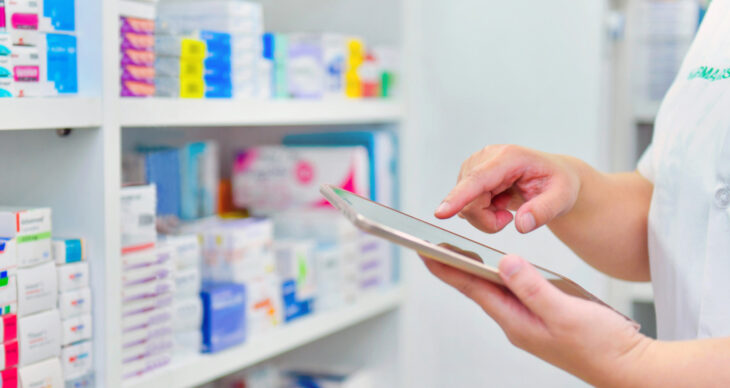Not everyone knows that each individual pharmacy sets its own drug prices. For example, you may find a 30-day supply of the common hypertension drug Losartan for $50 at one location, but $10 at another pharmacy in the same town.
This is not a far-fetched scenario: A study showed that a month’s supply of generic heart medications went as low as $20.19 and as high as $256.77. Prescription drug prices can even vary between stores of the same pharmacy chain, such as two CVS locations.
This disparity is due to the fact that pharmacies negotiate their prices based on their clientele. If one drug price at that pharmacy decreases, another may increase in order to make up for this loss.
Although you could go to each pharmacy and compare prices yourself, this probably wouldn’t be ideal or very efficient, especially not in the age of the Internet.
Enter Prescription Discount Programs
Prescription discount programs are here to help you navigate the inconsistent world of pharmacy drug prices. They do this by comparing prices from various pharmacies in your area to find the best ones available, or by offering coupons.
If these services are completely free for you to use, how do they make money? Well, every time a customer uses a prescription discount app or card to buy a cheaper drug, the pharmacy they’re using it at is charged a small fee. The pharmacy makes a profit through the power of bulk purchasing and appreciates helping customers save money, as they think they may be inclined to buy other items as a result of the discount.
Prescription discount cards also bring in customers without insurance, benefitting both the person with the prescription and the pharmacy by attracting clientele they wouldn’t otherwise receive.
By Admin –




